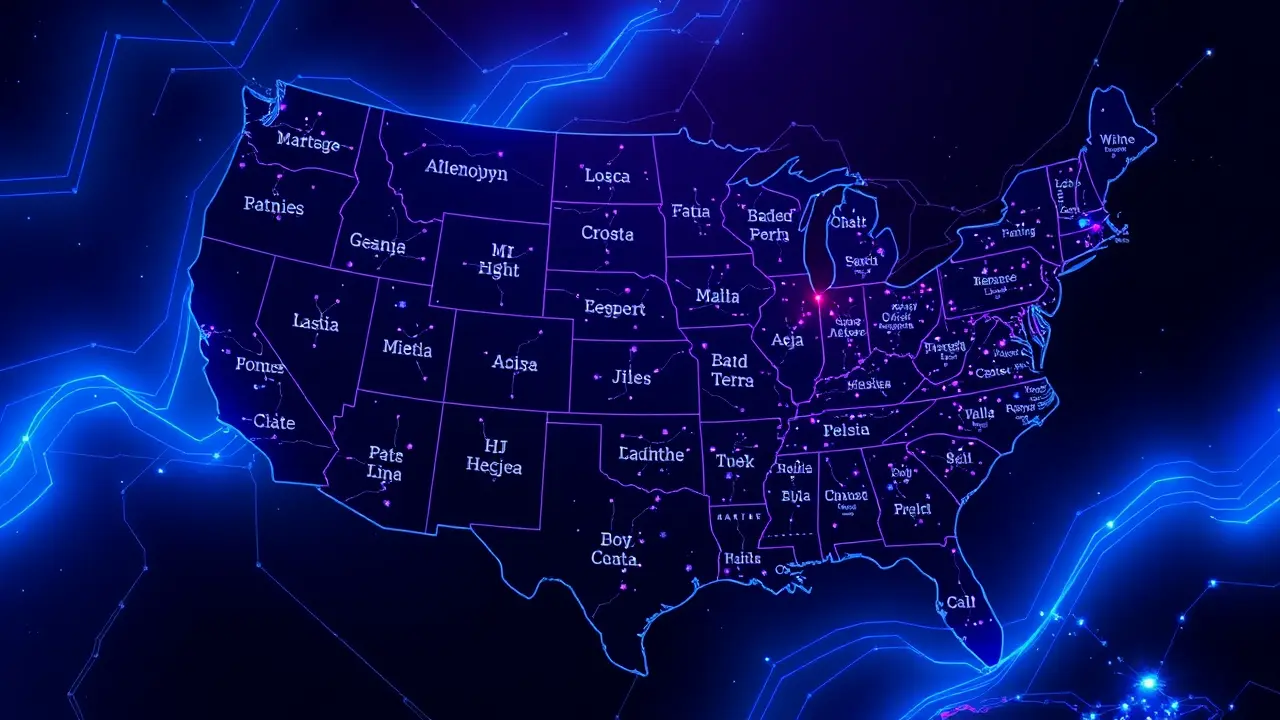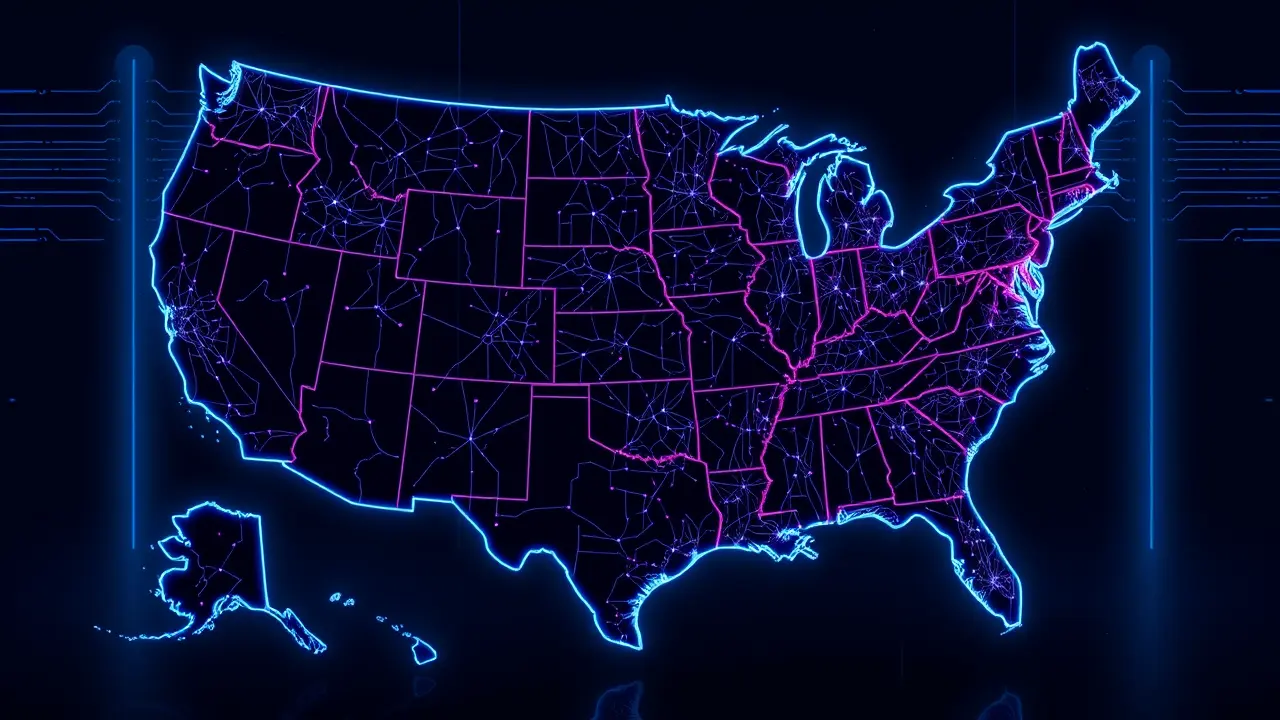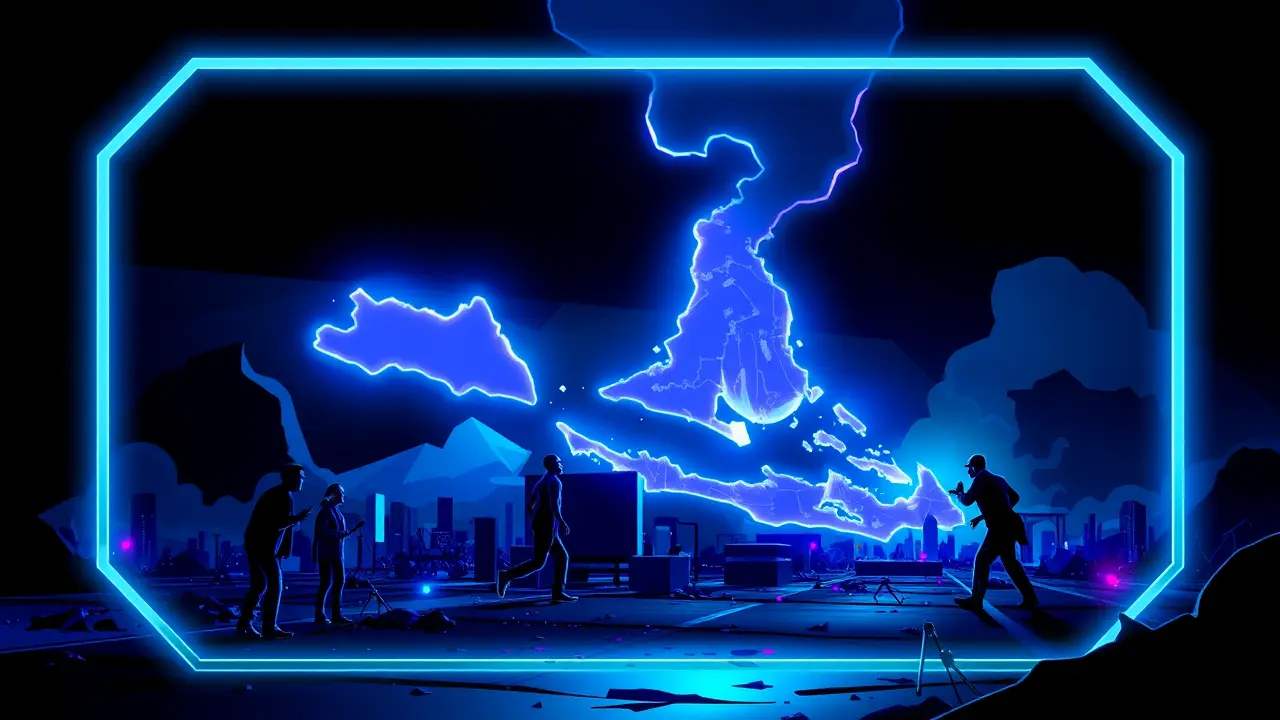
PoliticselectionsPost-Election Analysis
Democrats' Election Results Analyzed for Future Impact.
MA
Mark Johnson
4 hours ago7 min read4 comments
The Democratic Party is currently conducting a brutal, honest post-mortem of their recent election performance that feels less like academic analysis and more like a campaign war room debrief, complete with battle maps, casualty reports, and a frantic search for a new offensive strategy. The initial data, as parsed by seasoned analysts like the one at RealClearPolitics, reveals an electorate undergoing a fundamental realignment that has left the old Democratic playbook in tatters.The core lesson, the one hitting party strategists like a bucket of cold water, is that the traditional coalition—the unwavering support from Black, Hispanic, and young voters in urban centers—is no longer a guaranteed fortress. We’re seeing erosion at the edges, a bleed of support in key demographics that were once the bedrock of victory.It’s not a wholesale abandonment, but a significant enough shift to turn safe blue districts into nail-biting toss-ups and to hand unexpected victories to Republican challengers who successfully framed the election around kitchen-table issues like inflation, crime, and a pervasive sense of economic unease, effectively weaponizing Democratic focus on broader cultural issues against them. This isn't merely a bad election cycle; it's a five-alarm fire signaling a change in the political weather.The electorate is changing, not slowly, but with the rapid, disruptive force of a seismic event. The working-class voters, across racial lines, who once formed the backbone of the New Deal coalition are now increasingly in play, feeling alienated by a party they perceive as dominated by coastal elites and academic progressivism.Meanwhile, the Republicans have executed a masterful, if cynical, campaign to reframe themselves as the party of the 'forgotten' American, making deep inroads with Latino communities in South Texas and Florida and consolidating a seemingly unshakable grip on non-college-educated white voters. The Democratic response so far has been a cacophony of conflicting voices: the progressive wing demands a doubling down on a bold, unapologetic agenda, arguing the problem was one of messaging, not policy, while the moderates are screaming for a pragmatic pivot to the center, a return to the Clinton- or Obama-era focus on economic uplift and bipartisan appeal.This internal struggle is the defining battle for the soul of the party heading into the next presidential cycle. The consequences are staggering.If Democrats fail to correctly diagnose this patient—the American voter—and adapt their treatment, they risk not just losing the White House in 2024 but cementing a minority status for a generation, ceding control of state legislatures, the House, and the Supreme Court. They are facing a media war where their messages are being drowned out by a potent conservative media ecosystem and fractured by the chaotic, often insular, nature of online progressive spaces.The path forward requires a ruthless audit of what worked and what failed catastrophically. It means deciding whether to try and win back these shifting demographic groups with a more compelling economic narrative or to attempt to forge a new coalition altogether, perhaps by driving up turnout among infrequent voters or making new inroads with suburban women who have been repelled by the more extreme elements of the GOP.The analyst’s cold, hard data points to a nation at a political crossroads, and the Democratic Party is currently in the driver's seat, but they’re staring at a map that no longer matches the road ahead. Their ability to redraw that map, to find a new narrative that resonates with this newly configured electorate, will determine not just their political future, but the fundamental direction of the country itself.
#editorial picks news
#Democrats
#2026 elections
#political analysis
#electorate changes
#RealClearPolitics
Stay Informed. Act Smarter.
Get weekly highlights, major headlines, and expert insights — then put your knowledge to work in our live prediction markets.
Related News
© 2025 Outpoll Service LTD. All rights reserved.














